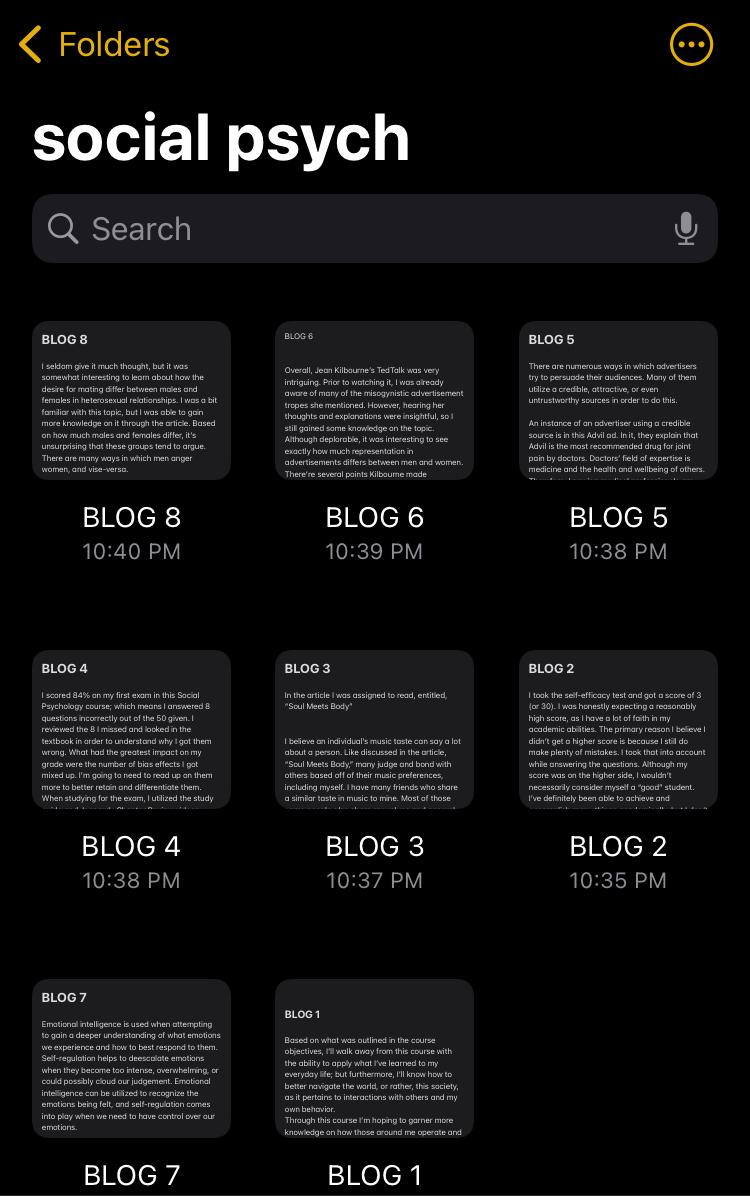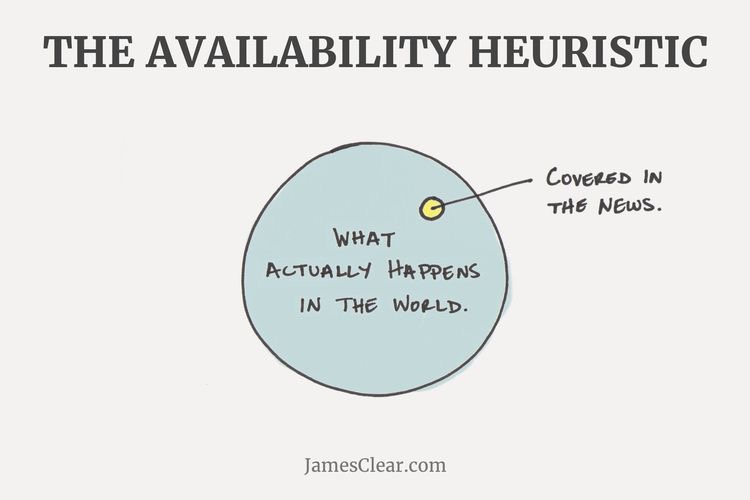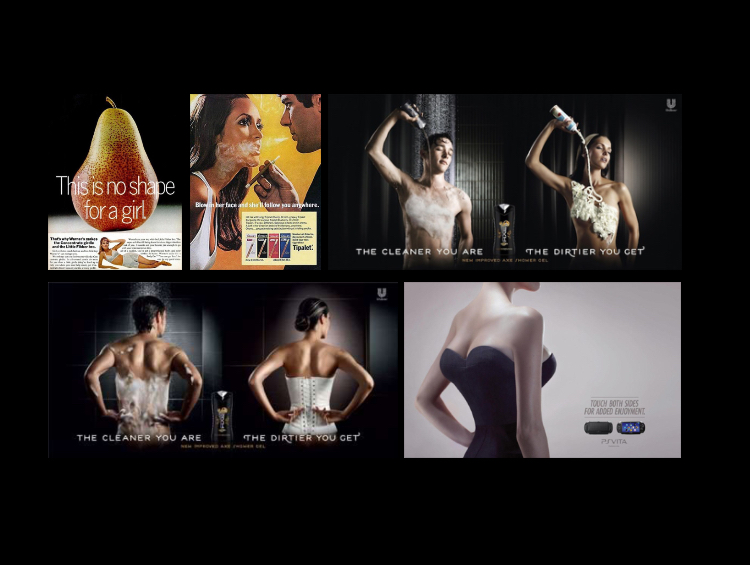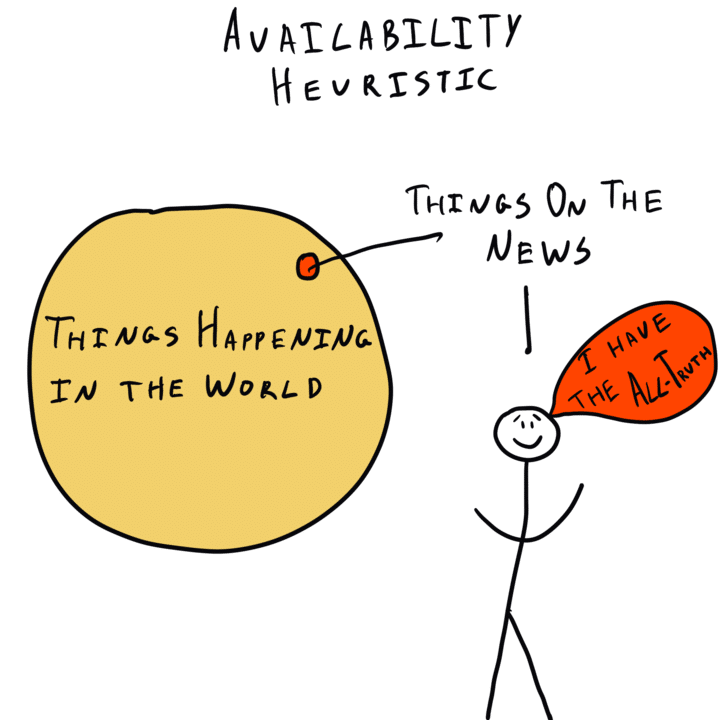Blog 10
In my first Blog post, I wrote that through this Social Psych course I’ll have the ability to make connections between what I’ve learned from it, and things I notice in my everyday life. I also shared that I believed I would be able to navigate the society I live in better after having completed this course. I feel as though I’ve accomplished both of these goals. Certain aspects of this subject are a bit more complex and slightly difficult to comprehend than I first believed it would be. However, my interest in Social Psychology has done nothing but grow during this class. If I were to retake the class, I would likely try to devote more time to studying in order to retain specific concepts that I find difficult to fully comprehend. I believe that through this course my writing skills have improved somewhat, which will be of great help in my professional life; along with now understanding concepts such as self-presentation tactics. With this concept in mind, I’ll know how to make myself more desirable during interviews and the like. For my visual image, I chose to use a screenshot of just a few of my many notes for this course. I would spend a great deal of time in the Notes app getting my all thoughts down and organized for my assignments in this Social Psych class.
Blog 9
The top three things I’ve learned through my ePortfolio assignments so far are the role of heuristics in the media and how they impact everyday life from Artifact 1; heuristics and how they impact day-to-day decision making from the Assignment Takeaway for Assignment 1; and the how’s and why’s of the changing of stereotypes from Artifact 2.
Artifact 1 and the Assignment Takeaway for Assignment 1 both pertained to heuristics. Like I learned from Artifact 1, heuristics play a huge role in the media, especially availability heuristics. For example, disasters such as airplane crashes are heavily documented and discussed by the media. Furthermore, due to these type of events being discussed by the media, we often allow the availability heuristic to impact our decisions, like mentioned in the Assignment Takeaway for Assignment 1. Since I first learned about their existence, heuristics have been very interesting to me, which is why I chose to include the image below.
There was also a concept that I’ve noticed is discussed in not only this Social Psych class, but also my Personal Health and Wellness course. For Assignment 5, we were told to go out and do a minimum of five nice things for those around us and discuss the effects displaying kindness had on us and others. This is very coincidental, because just the week prior to being assigned this task, I was told to do the same by my Personal Health and Wellness professor. Through my Personal Health and Wellness course, I was taught that acts of kindness enrich the spiritual wellness dimension, which is one of the eight dimensions of wellness. So, it was interesting noting the similarities between Assignment 5 for this Social Psych class, and the previous assignment for my health class.
Image obtained from here
Blog 8
I rarely gave it much thought, but it was somewhat interesting to learn about how desires differ between males and females in heterosexual relationships. I was a bit familiar with this topic, but I was able to gain more knowledge on it through the article. Based on how much males and females differ, it’s unsurprising that these groups tend to argue. There are many ways in which men anger women, and vise-versa.
Though this isn’t exclusive to men, men do tend to frustrate women with their sometimes unachievable, misogynistic, and hypocritical standards for women. For example, many men either directly or indirectly describe their ideal woman with little-to-no body hair; a very voluptuous, or very petite and skinny figure; and the ability to cook, clean, and obey. Many of the traits listed are unachievable to many women, as well as sexist and hypocritical. On a lighter note, however, there are smaller, ever so slightly less important, things men do that also upset women. Such as simply leaving the toilet seat up.
Women, on the other hand, can anger men in various ways. Men often complain that women frustrate them by overanalyzing small, meaningless aspects of their relationships. Another thing women sometimes do is insult men’s “manliness”. This angers men with fragile masculinity. So, both of these groups can often upset the other. This is why I chose the image below. Both men and women anger each other in a plethora of ways, and the image is a good representation of this in my opinion.
Image obtained from here
Blog 7
Emotional intelligence is used when attempting to gain a deeper understanding of what emotions we experience and how to best respond to them. Self-regulation helps to de-escalate emotions when they become too intense, overwhelming, or could possibly cloud our judgement. Emotional intelligence can be utilized to recognize the emotions being felt, and self-regulation comes into play when we need to control our emotions.
To me, emotional intelligence is possessing the ability to recognize and regulate emotions in order to better navigate the world around you and make positive choices. I honestly feel as though I’m doing pretty well as far as my emotional intelligence goes. Self-regulation, on the other hand, is something I need to work on bettering. I often display emotional intelligence when my friends ask me for advice. While they’re telling me what the issue is, I’m often attempting to gauge their emotions so that I can formulate the best-fitting response. A response that will get my point across, while also validating their feelings (if needed) and giving them some comfort.
I decided to take an emotional intelligence test just to see if my emotional intelligence is truly as good as I believed it was, and it’s honestly a bit lower than I expected it to be. Below is a snapshot of my results.
My emotional intelligence score from this website:
Blog 6
Overall, Jean Kilbourne’s Ted Talk was very intriguing. Prior to watching it, I was already aware of many of the misogynistic advertisement tropes she mentioned. However, hearing her thoughts and explanations were insightful, so I still gained some knowledge on the topic. Although deplorable, it was interesting to see exactly how much representation in advertisements differs between men and women. There’re several points Kilbourne made pertaining to this that stood out. For instance, although men can be, and are, sometimes sexualized in the media, it doesn’t have as many real-world consequences as the sexualization of women. The media in general plays a huge role in the dehumanization and degradation of women. So, it wasn’t very difficult to find other advertisements that do just that.
In her Ted Talk, Kilbourne discussed how advertisers will often enforce the “beauty standard” to sell their products. Advertisements such as the one below put pressure on women to look a certain way in order to be seen as desirable. In this case, the advertisers are pressuring women into altering their body shape and size.
Image obtained from here
As Kilbourne also mentioned, ads often sexualize women purely to sell their products to their target audience, which in this case is often men. The advertisement below is a fairly good example of this. In it, this company used the sexualization of women to make their product more appealing to men.

Image obtained from here
The two ads below are part of a series of advertisements-each with the same theme. A man is on the left, showering using the product being advertised; and a replica of the first image is on the right, but with a woman and in a more sexual light. Kilbourne spoke on the disparities between the treatment and representation men and women receive in advertisements. These ads are great examples of this occurrence.
Image obtained from here
Image obtained from here
This is yet another example of the sexualization of women purely for product appeal. The advertisers sexualizing women simply to grab their target audience’s attention. The actual product is barely even visible compared to the woman.
Image obtained from here
The five advertisements discussed above:
Blog 5
There are numerous ways in which advertisers try to persuade their audiences. Many of them utilize a credible, attractive, or even untrustworthy source in order to do this.
An instance of an advertiser using a credible source is in this Advil ad. In it, they explain that Advil is the most recommended drug for joint pain by doctors. Doctors’ field of expertise is medicine and the health and wellbeing of others. Therefore, knowing medical professionals are fond of Advil makes the audience trust the brand more, which may even result in some of them purchasing this product.
Image obtained from here
An attractive source is just what it sounds like: advertisers using something, or someone, attractive with the hopes of enticing their audience. Many brands are known for implementing this tactic-especially those associated with beauty (for obvious reasons). Take CHANEL’S BLEU de CHANEL advertisement for example. It focuses on two very attractive people (one of which is shown in the image below), who, for the most part, fit into society’s standards of beauty. They’re meant to hold the attention of the audience and make the product, a fragrance, more irresistible.
Image obtained from here
It’s easy for advertisers to use untrustworthy sources in order to deceive their audience into taking an interest in their product. One such example is in Kim Kardashian’s advertisement for a weight-loss pill called QuickTrim. Numerous diet experts revealed that the pill didn’t work as it was supposed to, and there even ended up being a lawsuit over it. Kim Kardashian is not a dietitian, so the fact that she attempted to sell, and be a spokesperson for, this product makes her an untrustworthy source.
Image obtained from here
The three advertisements discussed above:
Blog 4
I got an okay score on my first exam in this course–I answered 8 questions incorrectly out of the 50 given. I reviewed the 8 I missed and looked in the textbook in order to understand why I got them wrong. What had the greatest impact on my grade were the number of bias effects I got mixed up. I’m going to need to read up on them more to better retain and differentiate them. When studying for the exam, I utilized the study guide and Jeopardy Chapter Review videos, which I found amusing and very helpful. I added notes to my study guide while watching the videos, which assisted me in better comprehending and keeping track of the material. However, instead of spreading my studying out along an extended period of time, I put it off for longer than I should’ve, which no doubt affected my grade. In the future, I’ll try to start studying for my exams earlier and review the Jeopardy videos more than once to memorize the material. I also plan on taking more notes than I currently do when reading through the chapters. The image below is a screenshot from one of the Jeopardy Chapter Review Videos that I felt was helpful when studying for my exam.
Image obtained from here
Blog 3
I believe an individual’s music taste can say a lot about a person. Like discussed in the article, “Soul Meets Body,” many judge and bond with others based off of their music preferences, including myself. I have many friends who share a similar taste in music to mine. Most of those same people also share my values and general views. For instance, I, and a majority of my friends, listen to artists under the Rap, Soul, Pop, and R&B genres. Not only are our preferences in music alike, but so are a lot of our views—especially those relating to social issues.
There’re plenty songs I associate with people who are currently, or were previously, in my life. “Breathe, Stretch, Shake” by Mase featuring P. Diddy always brings my older brother to mind. There was a choreography for the song he performed when he was a kid that comes to mind whenever the song plays. I’m reminded of my younger brother, on the other hand, when “Venom” by Eminem plays. The first time we heard the song was when we went to see Venom in theaters, which resulted in him being obsessed with the song for a period of time afterwards. I also have a younger sister who I think of every time I hear “Attention” by Charlie Puth. We used to sing and dance to the song all the time. A few months back, just for a laugh, I sang “Hello” by Adele to a now ex-friend of mine. This ended up turning into a running joke between the two of us. Now, I associate that song with him. The last song that brings someone to mind is “Rock With You” by Michael Jackson. My mother would sing the song to my siblings and me when we were younger. There are also songs that I feel represent certain times in my life. “You Are Everything” by Tye Tribbett, for example. Though I no longer consider myself one, I come from a Christian background. Gospel music would constantly fill my house as a kid, and my parents would regularly play that song. Hearing it brings back comforting memories. The image below is a list all the songs I mentioned above, along with the people and events each reminds me of.
Blog 2
I took the self-efficacy test and got a score of 3 (or 30). I was honestly expecting a reasonably high score, as I have a lot of faith in my academic abilities. The primary reason I believe I didn’t get a higher score is because I still do make plenty of mistakes. I took that into account while answering the questions. Although my score was on the higher side, I wouldn’t necessarily consider myself a “good” student. I’ve definitely been able to achieve and accomplish many things academically, but I don’t feel like I work hard enough as a student. I’m horrible at time-management and find myself procrastinating very often. Regardless, I manage to get my work done, receive good grades, and have recently even been invited to be a member of the Phi Eta Sigma National Honor Society. My score was likely as high as it was due to the fact that I’m able to get a fair number of tasks accomplished in a shorter amount of time. With all that being said, I feel like I would be far more confident as a student if I could manage my time better and procrastinate less. Fortunately, I’ve been doing a pretty good job in that department as of late, so I’m hoping I’ll stay on this path. I chose to include the image below because it’s an example of one of my academic accomplishments (me at my graduation ceremony).

Blog 1
Based on what was outlined in the course objectives, I’ll walk away from this course with the ability to apply what I’ve learned to my everyday life. Furthermore, I’ll know how to better navigate this society as it pertains to interactions with others and my own behavior. Through this course I’m hoping to garner more knowledge on how those around me operate and why. I also want to learn how to more efficiently navigate this society, as mentioned before.
In order to ensure my success in this course I plan on keeping track of my assignments and their due dates, and in doing so, manage my time better. I will also be more diligent as it pertains to studying in hopes of retaining and comprehending it. If I’m able to maintain this behavior, I can see myself doing very well in this course.
I chose the image below because heuristics was a very interesting topic to me. The four heuristics: representativeness heuristic, availability heuristic (in the image), anchoring and adjustment heuristic, and status quo heuristic were fascinating to learn about.
Image obtained from here















